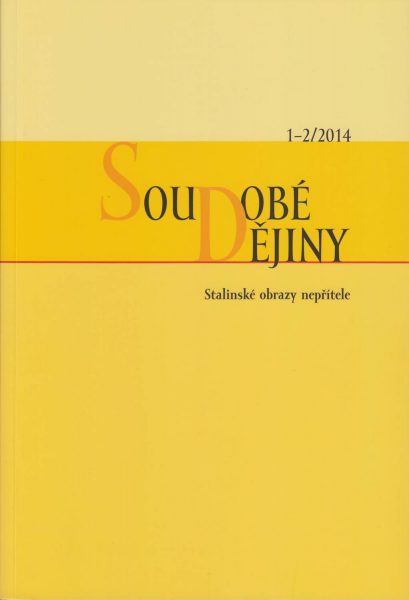Přes ambasády ke svobodě Drama východoněmeckého exodu v roce 1989
Through the Embassies to Freedom:The Drama of the East German Exodus, 1989
Author(s): Jakub DoležalSubject(s): History
Published by: AV ČR - Akademie věd České republiky - Ústav pro soudobé dějiny
Keywords: East German; Exodus; 1989;
Summary/Abstract: The article seeks to chart out comprehensively mass attempts by citizens of the German Democratic Republic to defect o the West by way of the diplomatic missions of the Federal Republic of Germany in the capital cities of the Socialist ountries, chiefly Prague, East Berlin, Budapest, and Warsaw. The author outlines the limited possibilities and the omplicated circumstances of citizens who applied to emigrate from East to West Germany, and he discusses the mportant role of the attorney Wolfgang Vogel, Honecker’s official representative for humanitarian questions, in ediating this migration, and in solving crises that emerged during attempts to leave. As early as 1984, many East erman refugees sought asylum in the diplomatic missions of the Federal Republic of Germany with the aim of ompelling their authorities to let them leave the country. Five years later, the wave of refugees reached hitherto nimaginable dimensions, and was one of the factors that markedly contributed to the collapse of the Communist égime n the German Democratic Republic and ultimately to the end of the existence of East Germany as a state. The breaking oint was the relaxation of border controls and the eventual opening up of the Hungarian-Austrian frontier between July nd September 1989, by which the Hungarian reformist government reacted to the ever-growing number of East German refugees in the country. After that, the Honecker leadership limited its citizens’ travelling to Hungary, which, owever, led to a massive pressure by thousands of refugees on the embassies of the Federal Republic of Germany in arsaw and especially in Prague, where, in September, a humanitarian crisis erupted. The author provides a detailed econstruction of the course of these events, including attempts by the parties involved to find a diplomatic solution. nder pressure from the Czechoslovak leadership, Erich Honecker, at the end of the month, gave in and reconciled imself to the departure of several thousand refugees from Prague via East German territory to the Federal Republic. is ubsequent attempt to solve the increasingly urgent problem of closing the borders with Czechoslovakia as well, failed, owever, and, by contrast, increased the East German citizens’ distaste for the régime. Honecker’s successor, Egon renz, was forced relax travel restrictions again between the two states. When, in early November 1989, he made it ossible for citizens of the German Democratic Republic to travel to the West via Czechoslovakia with only their dentity cards, the Berlin Wall became a non-functioning relic of the Cold War that was drawing to a close.
Journal: Soudobé Dějiny
- Issue Year: XXI/2014
- Issue No: 01-02
- Page Range: 79-133
- Page Count: 55
- Language: Czech

